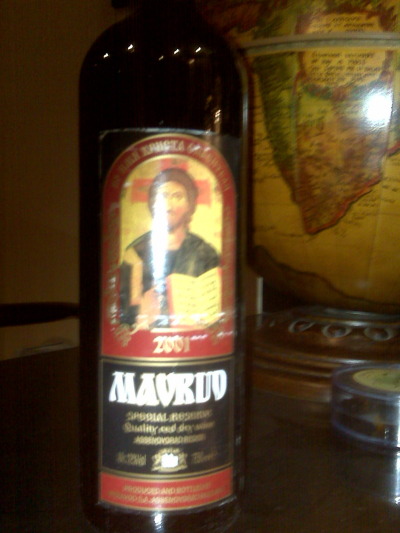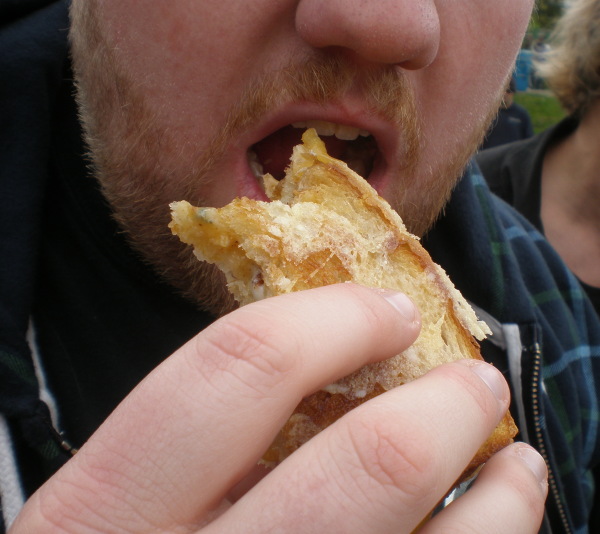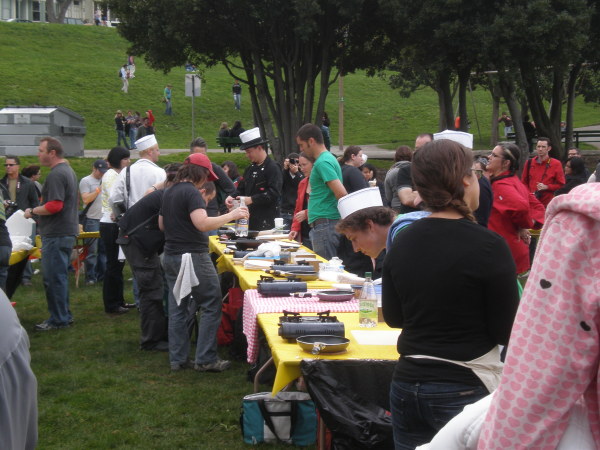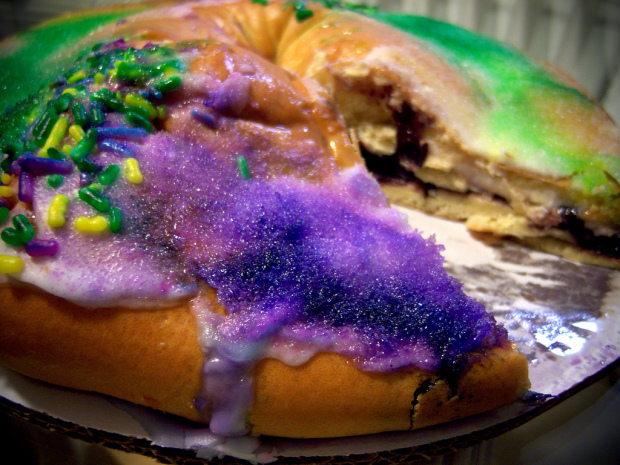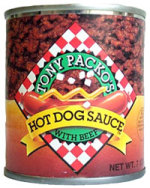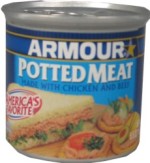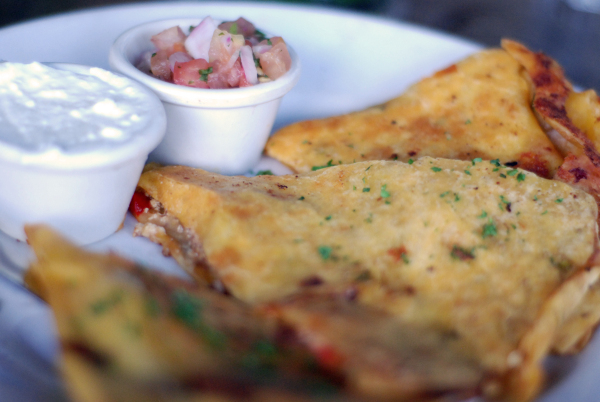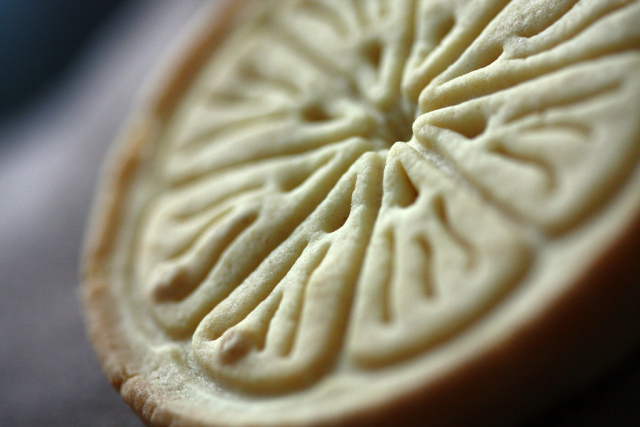
I was recently introduced to a new bourbon (new to me) that had a little more kick to it than I'm used to... and I liked it. That zing is attributed to the unusually high rye content, being around 30%. I checked out their website and read their "Legend."
"In the 1830s, as a tavern keeper in Louisville, Kentucky, Augustus Bulleit set himself on a mission: to create a bourbon unique in flavor. After countless small-batch trials, he came upon a bourbon with the character he had been seeking.
While transporting barrels of his bourbon from Kentucky to New Orleans, Augustus Bulleit vanished. What happened to him is still unknown, and his creation could have passed into history as well.
But after more than a century, in 1987, his great-great -grandson Tom Bulleit stepped in. A lawyer by profession, Tom's lifelong dream had been to revive the family’s bourbon legacy, started more than 150 years ago."
I love stories like this. It reminds me much of the history of Samuel Adams Lager and how Jim Koch dug up his great-great-grandfather's recipe for "Louis Koch Lager" - developed in the 1860's.
There is a review for Bulleit on Liquor Snob that filled me in on some of the gaps in my bourbon knowledge:
"Although a common misconception is that all bourbon must come from Kentucky, actually bourbon can legally be made anywhere in America. However, it must be at least 51% corn and the rest of it wheat, rye or barley, plus it must be aged in new charred oak barrels."
My friend Colin Cook manages Bulleit for Southern Wine and Spirits who tells me:
"Bulleit Bourbon has really taken off in the city of San Francisco. More cases of Bulleit are sold here than in LA and San Diego combined, due in large part by the “grass-roots”backing of the brand by the SF Bartenders Guild. The now nationally famous “Bulleit Revolver” cocktail (conceived at Bourbon and Branch) helped put Bulleit Bourbon on the map too!"
Bulleit Revolver
2 oz. Bulleit Bourbon
½ oz. of Tia Maria
2 dashes of orange bitters
Cocktail is stirred over ice (not shaken!) then strained and served up with a flaming orange peel.
In their March 2009 issue (page 96), Food and Wine Magazine named Bulleit "Best Value Bourbon" at $36

